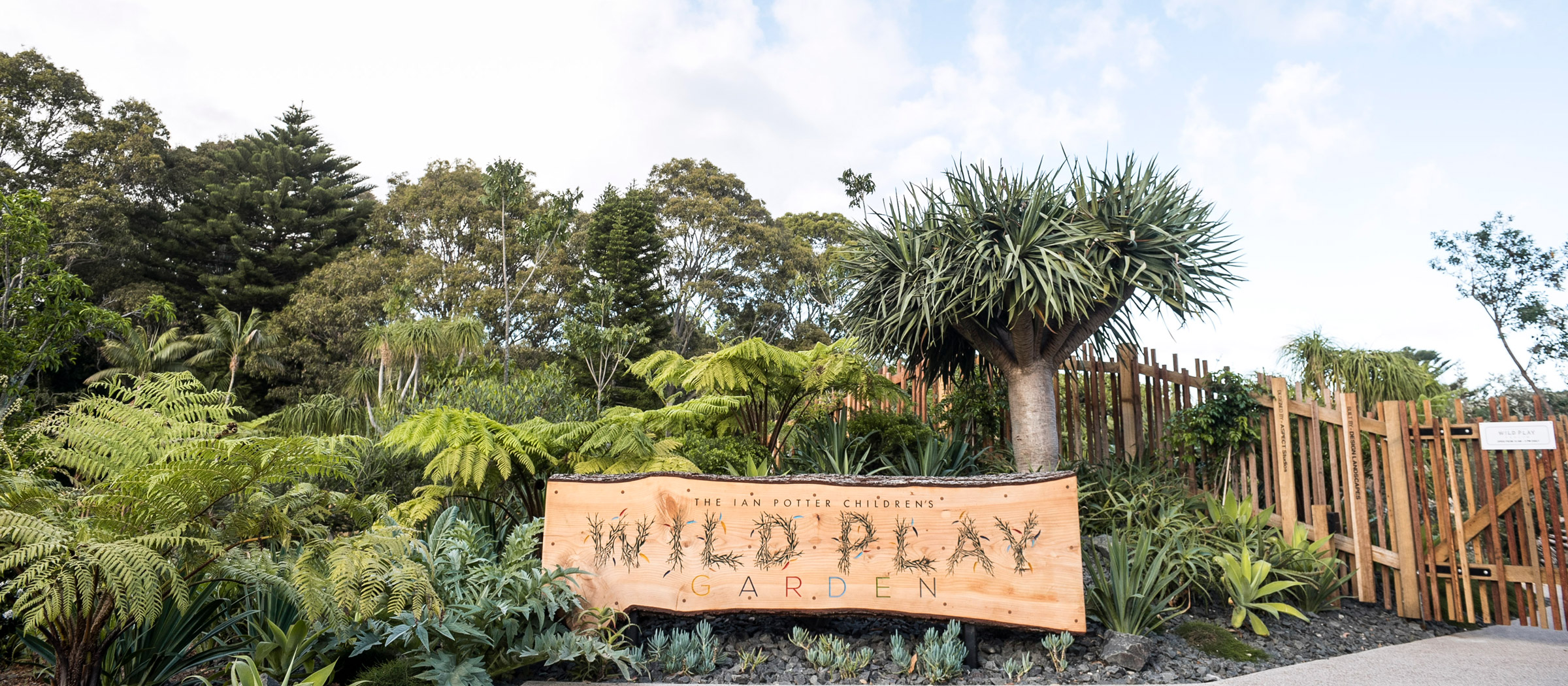Wilderness and Garden-Making, Post-Internet

- Words by
- David Godshall
Every civilisation has its own personal and idiosyncratic relationship with wilderness. It’s an important and required characteristic one must address when attempting to more deeply know a distinct culture, whether contemporary or bygone. What was the attitude towards nature? Was wilderness to be feared or revered? Was it an enemy or a salve for the human condition? The answers to this basic line of questioning manifest most succinctly in the arts: painting, music, literature, architecture and garden-making.
Some background:
Ancient Greek civilisation understood and organised their ideas of the cosmos through philosophy, science and mathematics. Their landscapes and gardens were duly structured around greater cosmological organisational patterns, relationships to nearby geography, and elements that served as metaphors for their Gods. An openness and fluidity between nature and the garden, earth and heaven, characterised these designed spaces.
Flip the coin to Western Europe in the Middle Ages, and nature was a menace that was to be feared and kept away. Much of this attitude was tied up in the ills of rampant, little-understood disease and weather-related famine. Henceforth, the medieval western world was defined by thick and heavy fortress-style architecture and gardens surrounded by impenetrable walls. The garden was a sanctum into which untamed nature should not pass.
In 17th century France, the monarchy expressed its royal, God-given prowess through the total subjugation of natural ecology. Wilderness was reduced to clipped hedges, topiary, seriality and flatness. All hail king boxwood.
In early industrialising America (1860s), Frederick Law Olmsted designed exquisite faux wilderness into massive civic parks, a false pastoral environment that was meant as a physical and psychological respite from brutal workweeks in a polluted, developing urban context. Nature, however contrived, was seen as an escape from the human condition at the time.



But where are we now? How do the gardens we make today embody the cultural zeitgeist of our civilisation?
A disclaimer: To define a thing whilst standing in the middle of it is usually a fool’s errand. But to stop here would be no fun, so fuck it, here goes:
Post-modernism is dead and thus we find ourselves wading in the muck of the Anthropocene – an admittedly pejorative descriptor for an era defined primarily by human’s destruction of the natural environment – but the name has stuck quite beautifully because it also, in my opinion, belies a certain self-centeredness of humans today that is basically indefensible. The internet has turned everyone into a person of importance; we share and record and feed each other the minutiae of our daily existence; we interact with nature through a brightly coloured, pixelated screen. We go into national parks to take a selfie, and then we immediately drive home. We’re the worst.
This is all deeply problematic, but before I get too gloomy and start talking about Trump and everyone clicks the hell out of here, it turns out there is a silver lining to our obsessive over-sharing. In the exponential increase in transfer of information, a unique phenomena has happened: Everything is everywhere, all the time. Whether we’re talking about fashion, music or architecture, fads and form-giving languages used to ebb and flow in natural rhythms, it was in and then it was out, but what is fundamentally different now is that it’s all fair game, simultaneously.
Thus, garden-making post-Internet is actually profoundly liberating. Finally, we are truly free from having to proclaim loyalty to a single -ism that rules the day.
It’s all there for the taking, you just have to do it well. We can borrow elements from formal French gardens of the 17th century and layer them into a native northern California garden. We can make a desert garden that is truly simultaneously Japanese. We can layer edibles and natives, collide ornamentals into agriculture. Or, we can just create our own Pangea. In the Anthropocene, wilderness and nature have become an abstraction, and thus they are tools we can manipulate, perhaps not so differently to our Greek predecessors.
As garden-makers in a post-Internet world we must labour thoughtfully, we must respect wilderness, acknowledge culture, and demand that our new Anthropocentric gardens perform at a previously unforeseen level, both aesthetically and ecologically. Our new botanical Gomorrah must be meticulous, beautifully detailed, and ecologically rich.
–
David Godshall is a landscape Architect and principal of TERREMOTO, a Californian landscape architecture practice. Check out their WEBSITE / INSTAGRAM







